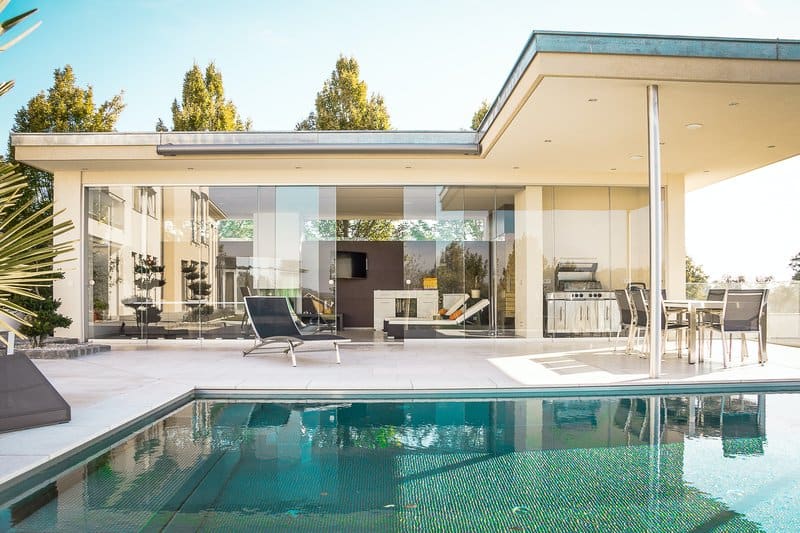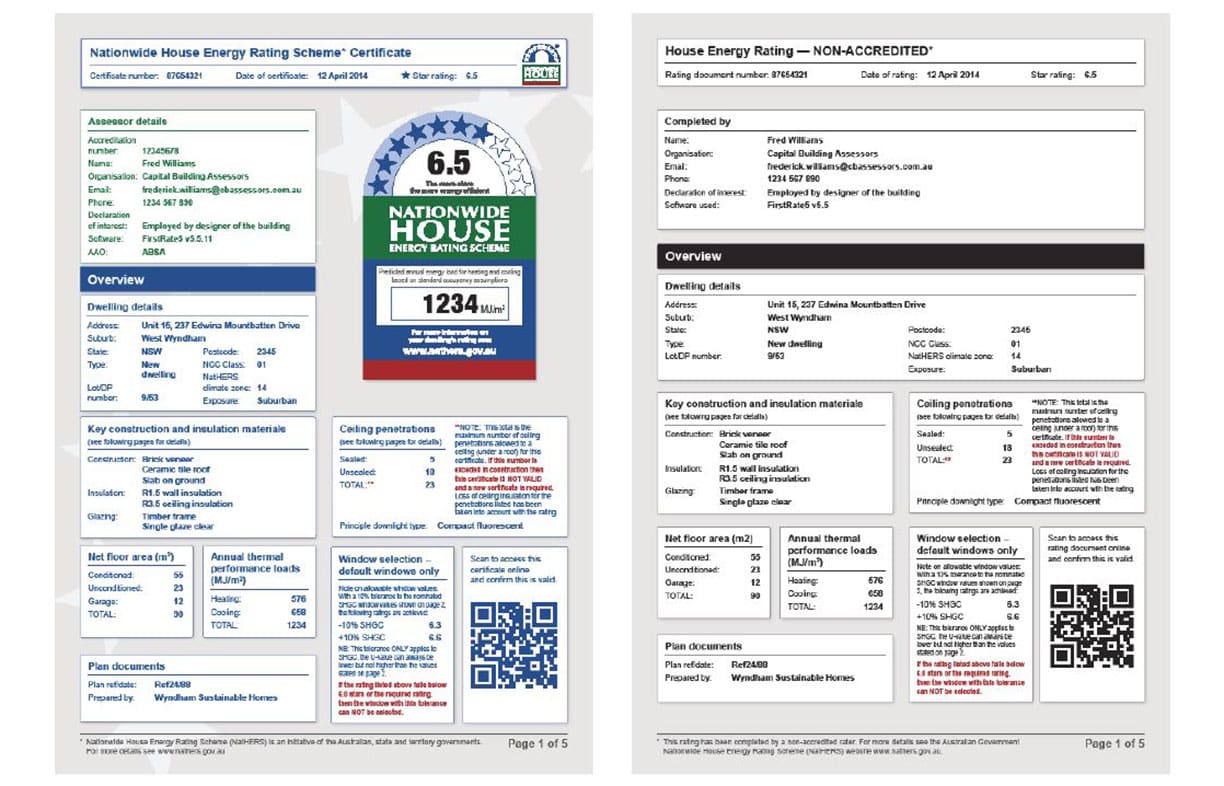Understanding 6+ star home energy ratings
All new home constructions and significant renovations need to now be energy rated and achieve a minimum of 6 stars for the project to commence. The government brought in such measures to deal with reducing the carbon footprint of each house, while also protecting potential buyers to ensure that the heating and cooling cost of their house would not be too costly year-in and year-out.
The rating system is a score from 0 to 10 stars and the requirement to achieve 6 stars has been in place since 2013. It is managed under the Nationwide House Energy Rating Scheme (NatHERS), there are currently three accredited overseeing organisations that provide energy rating approvals, they are: Design Matters (BDAV), HERA and ABSA .

What considerations does the energy rating take onboard?
The key aspects that are focused on to determine the house's energy rating is the size of the building and the orientation of the building in regards to the daylight sun. Also the layout of the house, the positioning of the living and sleeping areas. After that, other factors that are assessed are the materials and construction method of the roof, walls, windows and flooring. These are looking at things like the level of insulation, whether there is double glazed glass used and the size and positioning of the windows.
The aim at looking at all of these aspects is that there‘s not one single thing that makes a home energy efficient but many factors, both small and large that need to be considered even before the first brick has been laid.

What to look for when selecting an energy rating assessor?
The first thing to look for when choosing a home energy rating assessor is to check their qualifications. You will find that most energy raters do not just hold a accreditation for performing energy ratings but are generally qualified engineers, building designers, architects or have a related building background.
Check the company's reviews, a quick search on Google will provide you with reviews, helping you make the right decision.
Don't always go for the cheapest price, this is especially true if you need consultation around design decisions and not just trying to get the minimum 6 stars. You also don‘t want to get stuck waiting on an energy rating while your builders are keen to start, so make sure that they have capacity and are able to provide a quick turn-around.
How much does a 6 star energy rating cost?
The cost of a energy report is generally very reasonable with the level of detail that is often required. Generally you would be looking at somewhere between $130 to $700, but you must remember that the actual report and the services of a home energy rating assessor is just part of the cost of obtaining a 6 star energy rating. The main costs may come when changes and upgrades must be made to the design and construction to satisfy all the requirements. This could include certain changes like the installation of double glazed glass or upgraded roof insulation to be of a higher R value. A good building designer would have already considered many of these aspects and made good choices when working with you on your construction plans, so with a bit of luck you may need no further changes, meaning no further costs.

